Gene
Introduction
The gene is a fundamental unit of heredity in living organisms. It is a segment of deoxyribonucleic acid or, in some viruses, ribonucleic acid, that contains the instructions for the synthesis of a specific protein or RNA molecule. Genes are responsible for the physical and functional traits of an organism, and they play a crucial role in the growth, development, and functioning of all life forms.
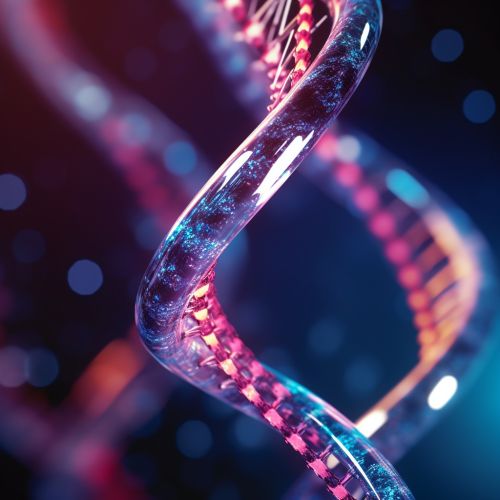
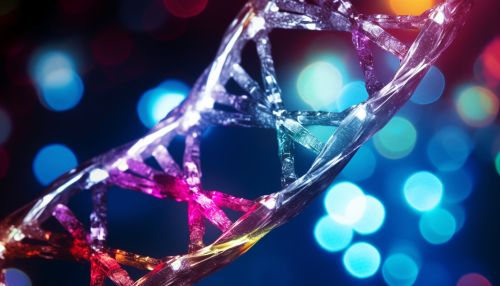
Structure of Genes
A gene is composed of a specific sequence of nucleotides, which are the building blocks of DNA and RNA. Each nucleotide consists of a sugar molecule, a phosphate group, and a nitrogenous base. The order of these bases in the DNA sequence determines the genetic code, which is interpreted by the cell to produce proteins.
The structure of a gene can be divided into several regions. The promoter region is where the transcription process begins. It is followed by the coding sequence, which contains the information for the synthesis of a protein. The terminator region signals the end of the gene.


Gene Expression
Gene expression is the process by which the information stored in a gene is used to produce a functional product, usually a protein. This process involves two main steps: transcription and translation. In transcription, the DNA sequence of a gene is copied into a molecule of messenger RNA (mRNA). This mRNA molecule then serves as a template for the synthesis of a protein in the process of translation.


Genetic Variation
Genetic variation is the difference in DNA sequences between individuals within a population. It is the source of diversity in life forms and is crucial for the process of evolution. Genetic variation can occur through several mechanisms, including mutation, genetic recombination, and gene flow.

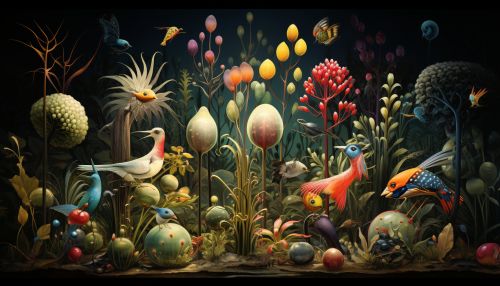
Genetic Disorders
A genetic disorder is a disease or condition that is caused by abnormalities in an individual's genome. These abnormalities can be as small as a single-base mutation in just one gene, or they can involve the addition or subtraction of entire chromosomes. Some genetic disorders are inherited from the parents, while others are caused by mutations that occur during the life of the individual.
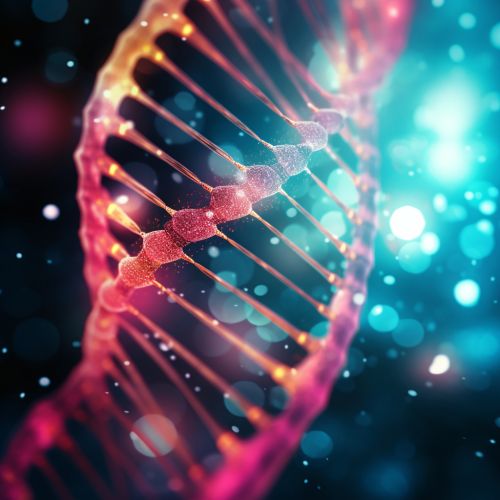
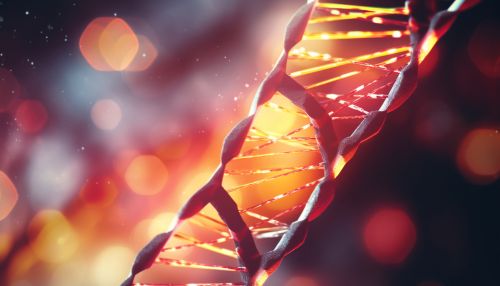
Genetic Engineering
Genetic engineering is the direct manipulation of an organism's genes using biotechnology. It is a set of techniques used to alter the genetic makeup of cells, including the transfer of genes within and across species boundaries to produce improved or novel organisms.


